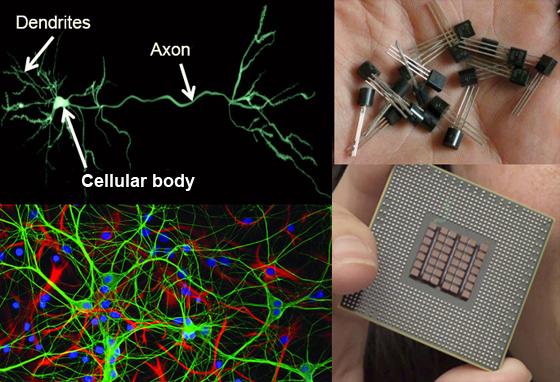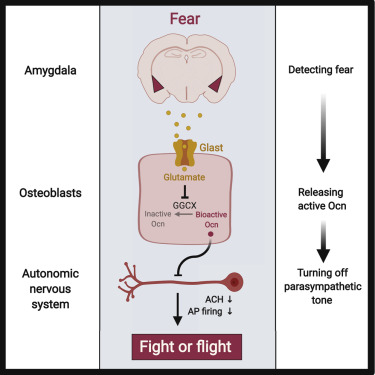Tuesday, 21 July 2020
How neuronal communication began, and how brains differ from computers
 When you move through space, your sensory perceptions change constantly, in real time. What we call cognition can be equated with this uninterrupted flow of perception and action through by a body and a brain located in an environment. But as scientists have now told us, the modern human brain contains many neurons that are neither sensory nor motor—so many that it can sometimes be hard to realize that this perception/action loop is still the foundation of the nervous systems of primates and other animals. These interneurons, as they are called, receive nerve impulses from sensory neurons and transmit signals to other neurons, and so on. And at some point in time, after all sorts of indescribably complex detours, a motor neuron will receive signals from some of these interneurons and then be able to command a muscle to contract to make a body part move.
When you move through space, your sensory perceptions change constantly, in real time. What we call cognition can be equated with this uninterrupted flow of perception and action through by a body and a brain located in an environment. But as scientists have now told us, the modern human brain contains many neurons that are neither sensory nor motor—so many that it can sometimes be hard to realize that this perception/action loop is still the foundation of the nervous systems of primates and other animals. These interneurons, as they are called, receive nerve impulses from sensory neurons and transmit signals to other neurons, and so on. And at some point in time, after all sorts of indescribably complex detours, a motor neuron will receive signals from some of these interneurons and then be able to command a muscle to contract to make a body part move.
What distinguishes the nervous system from other communication systems in the human body, such as the endocrine and immune systems, is its speed. The time that elapses between a perception and a suitable bodily action in response can be a second or less. How do the myriad neurons in the nervous system manage to communicate with one another so rapidly? (more…)
From the Simple to the Complex | Comments Closed
Monday, 6 July 2020
Acute stress reaction initiated by a hormone secreted by the bones
 Today I’d like to tell you about an article published in the journal Cell Metabolism in September 2019. The article, entitled “Mediation of the Acute Stress Response by the Skeleton”, reports a discovery that is surprising, to say the least. Apparently, all on its own and in just a few minutes, osteocalcin, a hormone produced in our bones, can initiate the physiological changes associated with acute stress, such as increased heart rate, respiratory rate and blood pressure. (more…)
Today I’d like to tell you about an article published in the journal Cell Metabolism in September 2019. The article, entitled “Mediation of the Acute Stress Response by the Skeleton”, reports a discovery that is surprising, to say the least. Apparently, all on its own and in just a few minutes, osteocalcin, a hormone produced in our bones, can initiate the physiological changes associated with acute stress, such as increased heart rate, respiratory rate and blood pressure. (more…)
Body Movement and the Brain | Comments Closed







